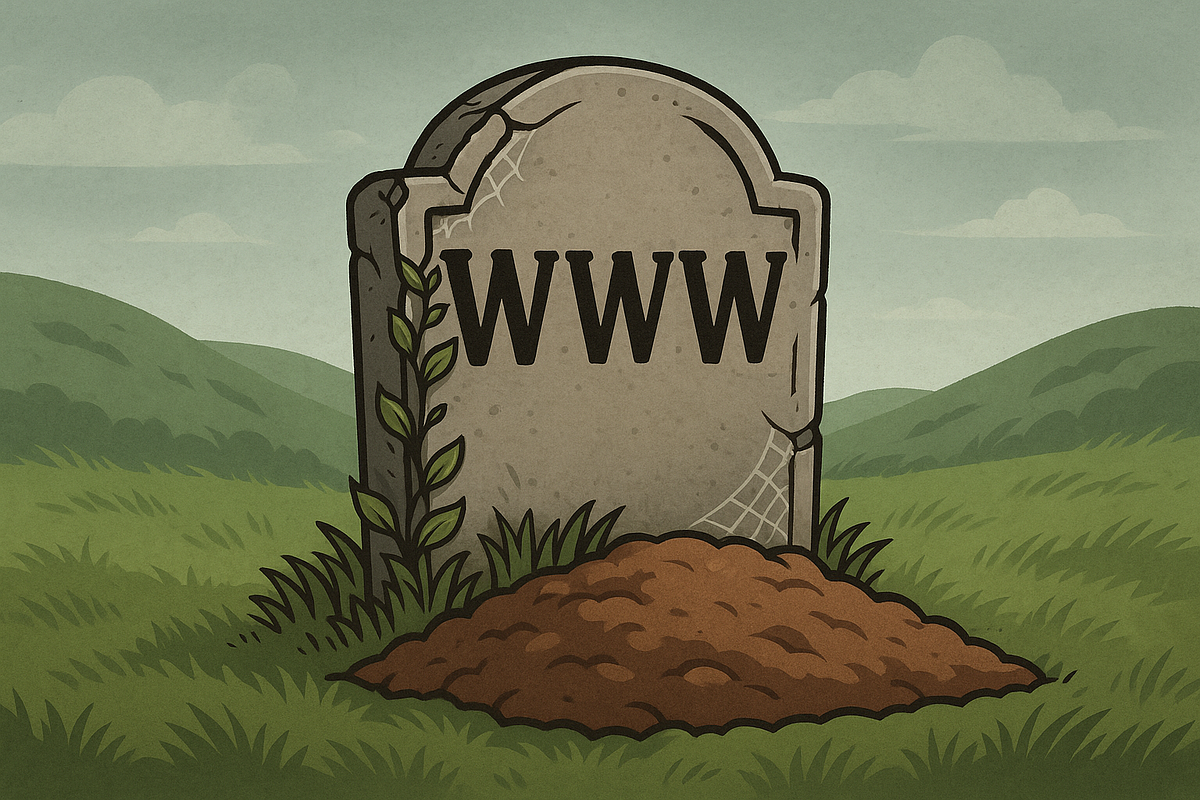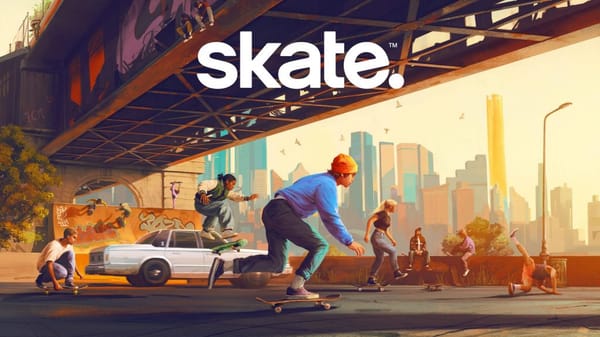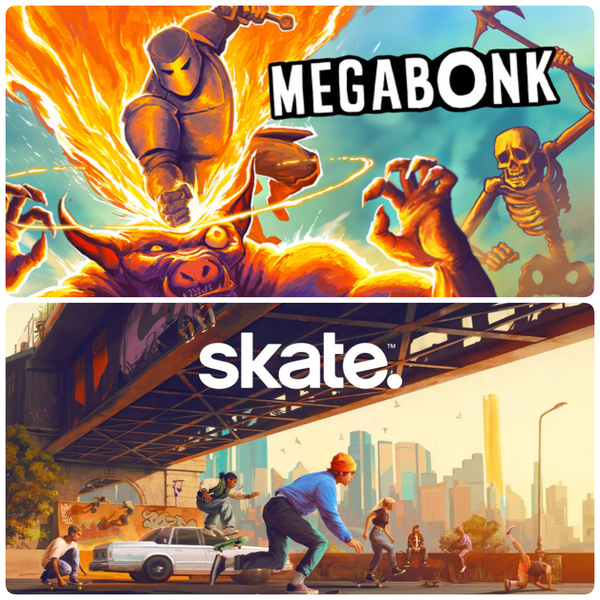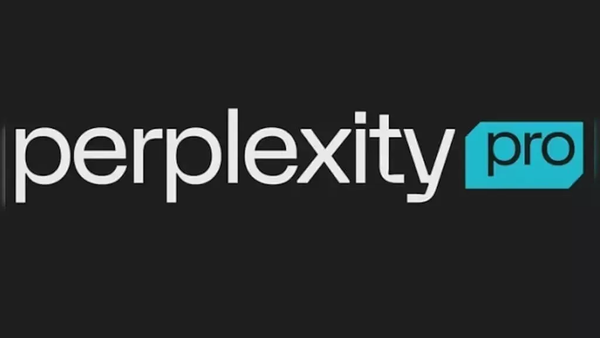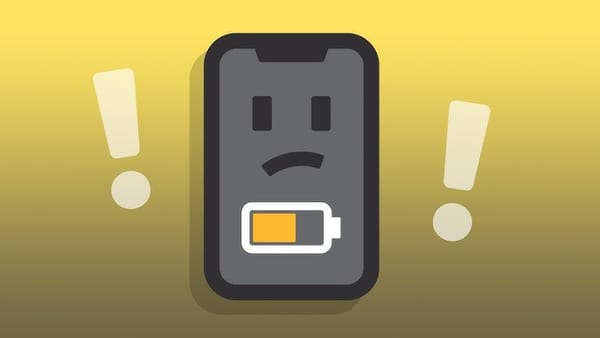Are Website Builders Dead? Did Ghost Just Change the Game?
This article follows up on our piece Are Personal Websites Dying?—but this time, we’re talking about the tools behind them.
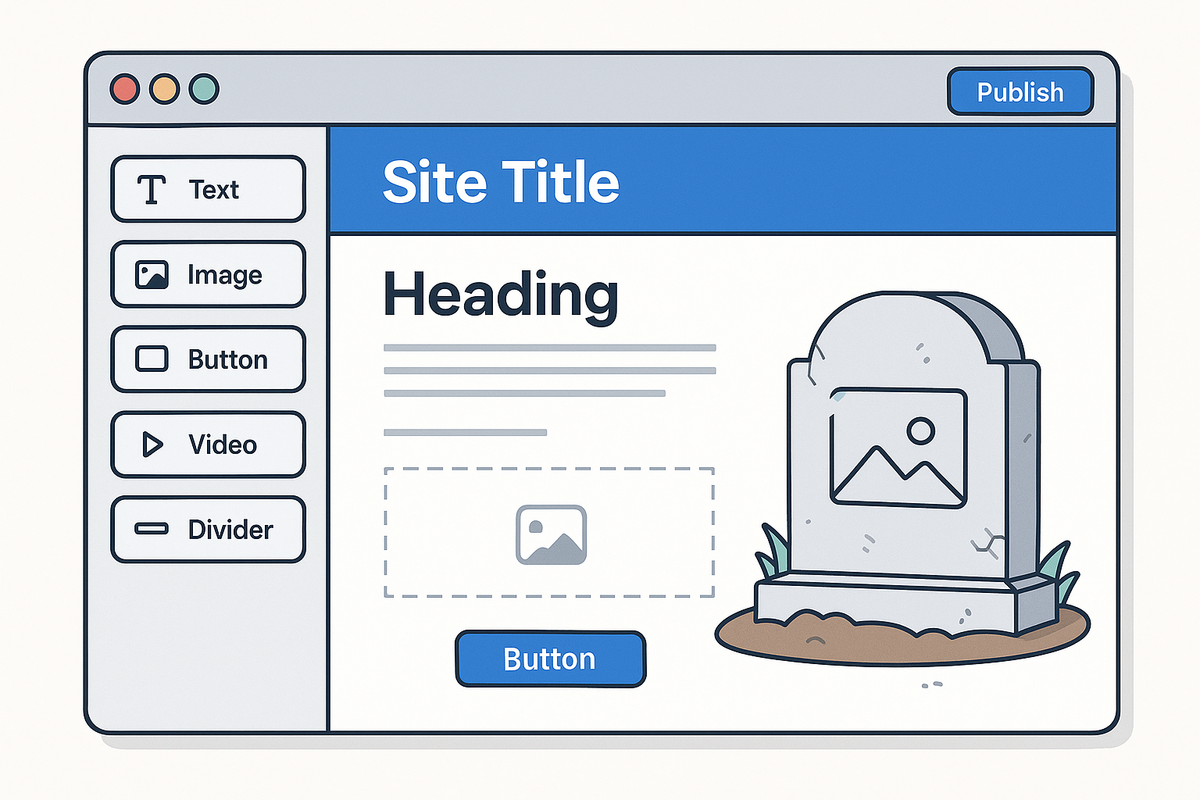
This is a follow-up to our previous article? on Medium, where we explored the slow death of personal websites. At the end, we invited readers to visit our own site—this site—and now that you’re here, it’s time to dive into something we left out in that piece.
The missing point?
How hard it is to actually build a personal website these days.
As mentioned in that first article, the early web was built for desktops, and websites were often expressions of identity: portfolios, blogs, handcrafted pages. It was common to swap URLs the way we swap handles today.
But somewhere along the way, that culture changed. Not just the desire to have a site, but the ease of building one.
Back in the early days, if you knew basic code, you could spin up a site, host it locally, and push it online with minimal effort.
Things were raw, simple, and direct. But as more people wanted in—people without technical skills—a new market opened up.
Enter: website builders.
No-code or low-code tools promise drag-and-drop simplicity.
WordPress may have kicked things off, but then came Squarespace, Wix, Webflow, Carrd, Strikingly, Zyro, Framer, and so on.
At first, they were a blessing. Templates, plug-and-play features, everything you needed to go from idea to live site—fast.
But something shifted.
As demand grew, so did the bloat.
What was once simple became over-engineered.
More features meant more complexity.
Pricing went up. Performance went down.
And that promise of “no-code simplicity”? It started to feel like a lie.
Builders chased scale and enterprise clients. They locked users into pricey plans “optimized” for growth, but filled with limitations.
The more ambitious your project, the more hoops you have to jump through—third-party plugins, fragile workarounds, hiring developers just to tweak templates. You weren’t building anymore. You were battling the builder.
That’s the trap we fell into.
Back when Mostly Media was just an idea, we picked Webflow. On the surface, it looked like the perfect fit—modern, sleek, powerful. We bought a template and got to work.
But the deeper we went, the worse it got.
Every change broke something else.
The UI felt intuitive until you tried to push beyond the basics.
Eventually, we hired a developer just to help us finish the damn thing—and even then, we hit wall after wall. We needed third-party tools to make it functional. Costs stacked. Progress slowed. After nearly three years, we were still only 70% done.
Then came the breaking point: renewal time.
We took a hard look. Three years of sunk cost. A half-finished site. Endless frustration. We made the call—cut our losses, walk away, and start fresh.
Enter: Ghost.
We’d heard of it before. Clean, focused, kind of mysterious. It stuck in our minds but never made the shortlist—until now. With Webflow in the rearview, we gave Ghost a shot.
And it changed everything.
In a matter of days, not weeks, we had a fully working site.
All our content imported. All our articles live.
No dev team. No endless back-and-forth. Just plug and play.
Ghost wasn’t just easy—it was liberating.
It reminded us what websites were supposed to be: tools to express and publish, not platforms to wrestle with.
So… are website builders dead?
Not quite. But the old way of doing it—the bloated, over-complicated mess we’ve been sold—is definitely on the decline.
Ghost showed us a better way.
A cleaner, faster, more focused way.
And if this is the future of website building, then yeah—Ghost might’ve just changed the game.
If you want to check out the full article that we published on Medium, here is the link that isn't behind a paywall so you can read it for free:
